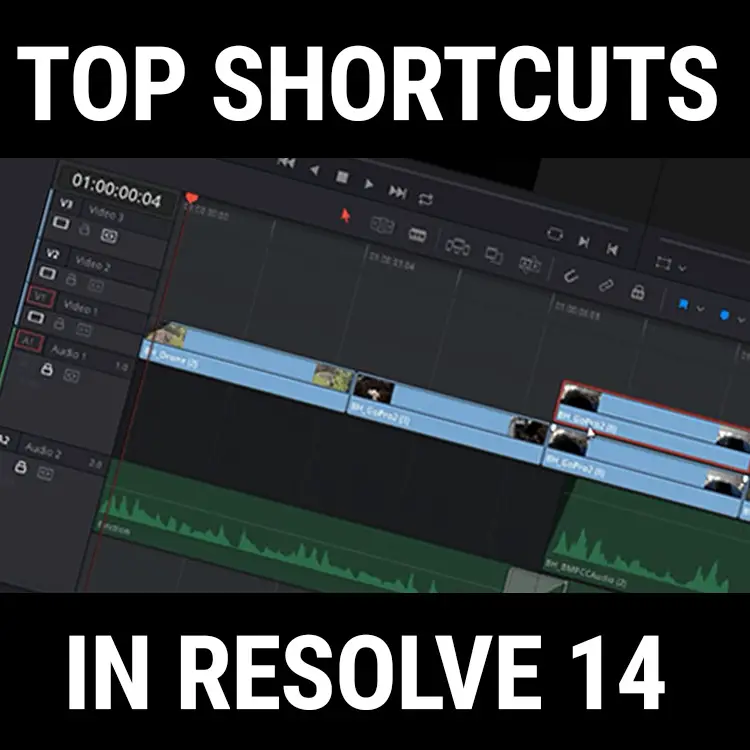

This means that in addition to the default set of buttons, sliders and interface widgets, you can tweak the Touch Bar to suit your workflow. Not all apps support the Touch Bar (although more are adding integration all the time) but those that do can allow users to customize the visible controls. The escape key can’t be changed but you can customize both the center app region and the Control Strip … Add buttons to the Touch Bar within apps There is a persistent virtual esc key on the left, a Control Strip region on the right containing system controls and a middle section dedicated to the app that is frontmost. For now, though, this Touch Bar how-to is relevant to owners of the 2016 13-inch MacBook Pro with Touch Bar and the 15-inch MacBook Pro with Touch Bar.īy default, macOS sets up the Touch Bar with a three section layout. Eventually, we expect Apple to bring the Touch Bar to more of its lineup like the Retina MacBook and maybe even desktop Macs with a keyboard accessory. Here’s how to do that and a lot more …Īpple debuted the Touch Bar with the 2016 MacBook Pro in October. For example, you can remove the Siri button from the Touch Bar. You can add new buttons for a particular app, take others away, as well as adjust the persistent Control Strip items on the right side of the Touch Bar. You can also take this one step further and change what the Touch Bar offers yourself: Apple has made it pretty customizable. Depending on the app, the Touch Bar changes context and shows relevant buttons for what you are doing. The 2016 MacBook Pro adds a new way of using macOS with the addition of the Touch Bar, featuring dynamic touch controls, sliders and buttons, close to your fingers next to the row of static keys.

How to customize the Touch Bar on these Mac laptops:


 0 kommentar(er)
0 kommentar(er)
